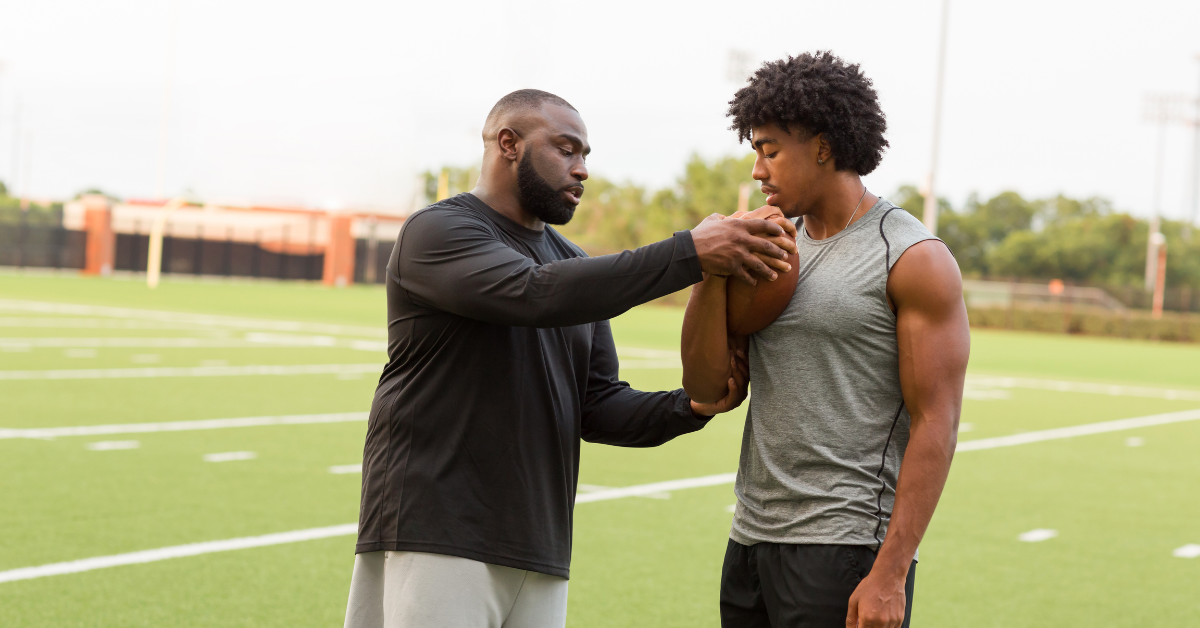What the NCAA’s latest Transfer Portal Waiver really means for college athletics budgets

When the NCAA approved its new one-time waiver giving designated student-athletes another window to re-enter the transfer portal, it underscored a hard truth that’s been building for years: college athletics departments are entering a new era of financial unpredictability.
Every time the transfer portal expands, so do the costs. More scholarships shift hands, more players come and go, and athletic departments are left scrambling to rebalance budgets that were already under pressure. Add to that the $2.8 billion House v. NCAA settlement and the shift to revenue sharing, and it’s clear that schools can’t rely on the same funding playbook they’ve used for decades.
I’ve spent years working alongside athletic departments across the country. The reality is that even the strongest programs are now asking the same question:
The answer is to – instead of fighting roster mobility – plan for it. And that starts with how you engage and activate your entire athlete community. And not just the current roster, but the thousands of former student-athletes who still care deeply about their teams and want to see them thrive.
Too often, athletic departments lean on the same small donor base year after year.
But fundraising can’t be manual, inconsistent, or siloed anymore.
Departments that invest now in smarter engagement strategies and modern fundraising infrastructure will be far better prepared for the budget swings and roster churn ahead.
Because one thing is certain: the next waiver, rule change, or settlement is never far away, but your ability to adapt can be the difference between scrambling to catch up and leading with confidence.
Interested in chatting more about the future of college athletics funding? Connect with me to share how your program is planning for the next era of college athletics. Let’s talk.
About the author
Chris Smith is the Director of Athletic Partnerships at Gravyty and former CEO of Athlete Network. He is a former collegiate athlete and long-time advocate for empowering athletic departments to strengthen athlete communities and build sustainable support in an era of rapid change.



